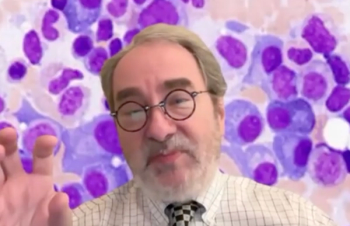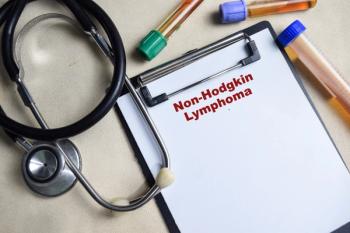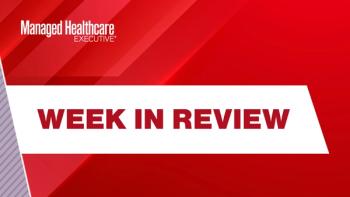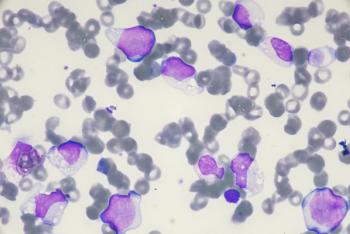
Plans, providers: Ask these 2 questions when evaluating technology
Technology that passes the non-techie empowerment test can empower your employees. Passing the test requires answering "yes" to these two simple questions.
SchmulandAs the chief health strategy officer of a global software company, one of the most frequently asked questions I get from executives and health professionals is, "What do you think are best technology solutions in the market today?"
For the past decade my answer has been, "It's the solutions delivering the right information to the right person at the right time and place." In the volume economy era when autonomous providers were paid for procedures, tests, treatments, and length of stay and were the prevailing decision makers, the primary role of technology was organizing and presenting information to clinician decision makers. That era produced the current bumper crop of technology solutions we have today: electronic health records (EHRs) and health information exchanges.
Related:
But we're now operating in a consumer-centric, outcome economy where technology has to take on a much bigger and challenging role than organizing and presenting information to decision makers. Now it must help us bend the cost curve. And to do that, technology has to empower the people best positioned to bend the cost curve: health professionals and consumers.
Health professionals can bend the cost curve if technology can empower them to improve the safety, speed, outcomes and coordination of care. Consumers can bend the cost curve if technology can empower them to live healthier, better self-manage their conditions, and minimize the functional and cost impact of chronic disease-all driving up demand, complexity and costs.
But to empower people, technology has to do more than connect them to information. It now must also connect people to people, teams, insights, and complex processes both within and beyond their four walls-and automate as many portions of those processes as possible. It also needs to help coordinate those processes in a way that improves the outcomes and experience of care at a lower cost.
So today my response to the "best technology solution" question is to apply the "non-techie" empowerment test. Passing it requires answering "yes" to two simple questions:
Passing the non-techie empowerment test requires answering "yes" to these questions:
1. Does the technology empower health professionals and teams to get more of the right things done and coordinate getting the right things done with other team members anywhere, in less time and with less effort?
Almost any technology can eventually get the job done with enough brute human willpower, time and energy behind it. But, most solutions in-market today exact an immense burden on users' productivity and time in the process of getting the job done, thereby erasing the benefits. The technology that delivers the greatest value helps empower users and teams to get the right things done in less time and with less effort-without burdening them.
2. Can you find a large mass of non-techie health professionals who refuse to practice without the technology solution?
Why is it so important to ask non-techie users? Because techie users are so inspired by technology-and technically gifted-that they'll invest the time and creativity, even during their private lives, to tinker and concoct workarounds to make non-empowering technology solutions work for them. For non-techie users, the bar is much higher-technology needs to "just work," not make them work more.
Related:
Unfortunately, despite the recent surge in EHR and portal adoption, many experts have concluded that the current generation of technology solutions is burdening health professionals at least as much as, if not more than, it is empowering them. Productivity has declined and safety and practice variability haven't budged at all over the last five years. Clem McDonald, MD, a world leader in EHR research, recently remarked that the records and reports within EHRs now have so much information in them that they’ve become “endless and mindless.” And some experts even argue that the current crop of solutions may have complicated care more than simplified it as the
The time is now for every ecosystem stakeholder to require the technology solution vendor community to bring proof that their solutions pass the non-techie empowerment test. That's because only technology solutions that are empowering and easy to use by all will gain the broad-based adoption necessary to transform care delivery and population health at the scale needed to bend the cost curve.
Dennis Schmuland is the chief health strategy officer at
Newsletter
Get the latest industry news, event updates, and more from Managed healthcare Executive.





















































